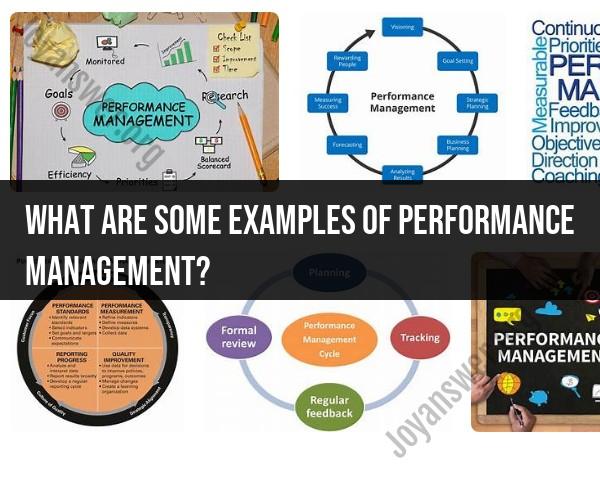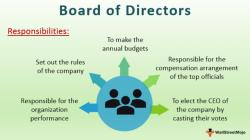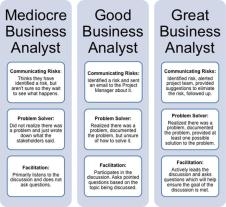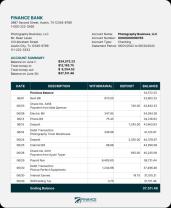What are some examples of performance management?
Performance management is a process that involves planning, monitoring, developing, and appraising an employee's work performance. Here are some illustrative examples of performance management in various contexts:
Goal Setting:
- Example: At the beginning of the year, an employee and their manager meet to establish SMART (Specific, Measurable, Achievable, Relevant, Time-bound) goals. These goals might include increasing sales by a certain percentage, completing a project by a specific deadline, or acquiring a new skill.
Regular Check-Ins:
- Example: Managers conduct regular one-on-one meetings with their team members to discuss progress, address concerns, and provide feedback. These check-ins are an opportunity to ensure that employees are on track to meet their goals and to address any challenges they may be facing.
Performance Appraisals:
- Example: At the end of the performance period, employees undergo a formal performance appraisal. Managers evaluate their performance against established goals, discuss strengths and areas for improvement, and determine if the employee is eligible for a salary increase or other incentives.
360-Degree Feedback:
- Example: Instead of relying solely on feedback from a direct supervisor, employees receive input from peers, subordinates, and other stakeholders. This comprehensive feedback provides a more well-rounded view of an individual's performance and behavior.
Key Performance Indicators (KPIs):
- Example: In a sales role, KPIs may include metrics such as the number of deals closed, revenue generated, and customer satisfaction scores. These indicators help track performance against specific targets.
Performance Improvement Plans (PIPs):
- Example: If an employee is consistently falling short of performance expectations, a performance improvement plan may be implemented. This plan outlines specific actions the employee needs to take to improve, with clear timelines and expectations.
Training and Development:
- Example: Based on performance reviews or identified skill gaps, employees may be offered training and development opportunities. This could involve workshops, online courses, or on-the-job training to enhance their skills.
Recognition and Rewards:
- Example: A company may have an employee recognition program where outstanding performance is acknowledged. This recognition can take various forms, including verbal praise, certificates, or even monetary rewards.
Succession Planning:
- Example: As part of performance management, organizations may identify high-potential employees and create succession plans. This ensures that there is a pipeline of talented individuals ready to step into key roles when needed.
Flexible Work Arrangements:
- Example: Recognizing high-performing employees, a company might offer flexible work arrangements, such as remote work options or flexible schedules, as a way to support work-life balance and retain top talent.
Employee Development Plans:
- Example: A manager works with an employee to create a development plan outlining specific skills and competencies the employee wants to acquire or enhance. The plan includes actionable steps and timelines.
These examples demonstrate the multifaceted nature of performance management, which involves a combination of goal setting, feedback, development, and rewards to optimize employee performance and contribute to organizational success.
Practical examples of performance management strategies:
Setting clear goals and expectations: This involves defining specific, measurable, achievable, relevant, and time-bound (SMART) goals for employees. Clearly communicating these expectations ensures that everyone is on the same page and understands what is expected of them.
Regular feedback and check-ins: Providing regular feedback to employees helps them understand their strengths and areas for improvement. Check-ins allow for ongoing communication, problem-solving, and performance adjustments.
Performance appraisals: Formal performance appraisals provide a structured opportunity to evaluate employee performance, discuss achievements, and set goals for the future.
Employee recognition and rewards: Recognizing and rewarding employees for their contributions reinforces positive behavior and motivates them to continue performing well.
Training and development opportunities: Providing training and development opportunities helps employees enhance their skills and knowledge, leading to improved performance and career growth.
360-degree feedback: Incorporating 360-degree feedback, which involves gathering feedback from multiple sources, provides a more holistic view of an employee's performance.
Peer coaching and mentoring: Encouraging peer coaching and mentoring fosters a culture of collaboration, knowledge sharing, and performance improvement.
Companies implement performance management effectively by:
Aligning performance management with organizational goals: Ensuring that performance expectations and goals are aligned with the overall strategic objectives of the company.
Creating a culture of open communication and feedback: Fostering an environment where employees feel comfortable providing and receiving feedback.
Using performance management data to inform decision-making: Utilizing performance data to identify training needs, address performance gaps, and make strategic decisions about workforce development.
Involving employees in the performance management process: Empowering employees to take ownership of their performance goals and development plans.
Regularly reviewing and updating performance management practices: Evaluating the effectiveness of current practices and making adjustments as needed to ensure that performance management remains relevant and aligned with the company's evolving needs.
Software or tools used for efficient performance management include:
Performance management software: These platforms provide a centralized system for managing performance reviews, goals, feedback, and employee development plans.
Employee engagement platforms: These tools facilitate communication, collaboration, and recognition among employees, fostering a more engaged workforce.
Learning management systems (LMS): LMS platforms provide a structured way to deliver training and development courses, enabling employees to access learning resources and track their progress.
360-degree feedback tools: These tools streamline the process of collecting and analyzing 360-degree feedback, simplifying the evaluation of employee performance from multiple perspectives.
Performance analytics tools: These tools provide data visualizations and insights into employee performance trends, enabling data-driven decision-making.
By implementing effective performance management strategies, companies can reap numerous benefits, including increased employee productivity, improved engagement, enhanced talent retention, and better alignment of individual goals with overall organizational objectives.












